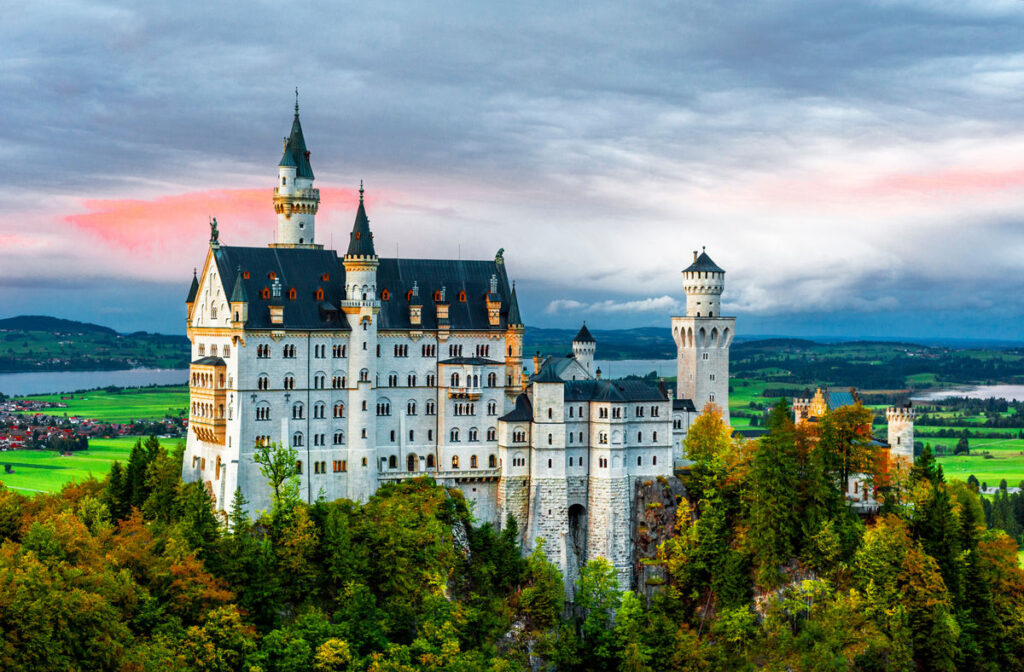
Germany’s fairy-tale royal castles in its Bavarian region, including Neuschwanstein, Herrenchiemsee, and Linderhof, have now been added to the UNESCO World Heritage list.
The Neuschwanstein castle is often cited as the inspiration for the Disney World’s centerpiece Cinderella castle in the Magic Kingdom. It is also one of Germany’s most popular tourist sites, with 1.4 million visitors annually. Construction began at Neuschwanstein in 1869, but the project was never completed, and building work halted when the Bavarian king died in 1886.
The Bavaria region was already home to 10 UNESCO World Heritage sites, including the Augsburg Water Management System, Würzburg Residence, Margravial Opera House in Bayreuth, and the Old Town of Bamberg.
This decision, recognizing the architectural and cultural significance of King Ludwig II’s 19th-century palaces, came from UNESCO’s World Heritage Committee during its 47th session in Paris.
Bavarian state premier Markus Soeder commented that the designation was a “worldwide accolade,” and also said that Neuschwanstein castle was “Bavaria’s landmark par excellence.”
“For our fairy-tale castles, a fairy tale comes true. Neuschwanstein combined great art and culture and also a bit of ‘kitsch and cliche.’ When seeing the castle, some people worldwide may think of Disney—but no: Neuschwanstein is and remains the original from Bavaria,” Soeder said.
For the latest travel news, updates and deals, subscribe to the daily TravelPulse newsletter.

